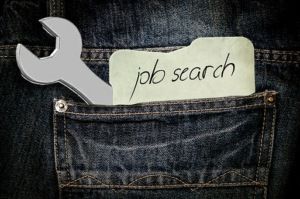Opinion
Union Views: Do you look employable on social media (SoMe) platforms?
Steen Vive
This article is more than 7 years old.

Keep your social media persona in your backpocket (photo: Pixabay)
Are you job hunting? Have you checked your digital footprint? Social media (SoMe) platforms are here to stay – so are you making the most of them?
Google yourself
Recruiters google your name. In fact, a recent Job-Hunt.org survey found that 40.6 percent of recruiters look through the entire first page of Google results when researching candidates.
Of course, you need to google yourself. Does the search deliver the results you want? If not, you’d better revisit your accounts.
SoMe platforms are Google’s best friend and appear at the top of the search results. Fortunately, on these platforms you describe yourself in your own words, which you can edit as much as you like.
Cleaning up
Consider these pointers for the major platforms:
Instagram – are all your photos appropriate for the eyes of a future boss? If not, delete them.
Twitter – do you remember all your tweets? If not, double-check your content and make sure it shows you in a good light. Clean up your account and write a serious bio.
Facebook – this SoMe platform is where you’ve probably been the most active. The rule of thumb is simple: keep it clean or keep it private.
LinkedIn – your online resumé is key. Have you updated the details of your experience? And your profile picture, headline, summary and skills?
Get smart
Across platforms, retweets and comments (including private ones) are searchable. Consider what you write and understand the privacy settings on your various SoMe accounts.
Once you’ve updated your profiles, have a friend look through them – ideally, one who will give you honest feedback.
Then consider whether there are companies and individuals you want to follow on their SoMe accounts. Doing so will give you insights and information about the company.
If you decide to follow other accounts, be sure to set your preferences to show that you’ve done this. If you’re lucky, the targets will return the favour, and you can start a dialogue before you’ve even applied for a job.

About
Steen Vive
Steen is senior advisor at Djøf, the Danish Association of Lawyers and Economists. He is a blogger and manager of various projects aimed at generating jobs in the private sector. In this column he writes about trends and tendencies in the labour market. Follow him on Twitter @SteenVive










































